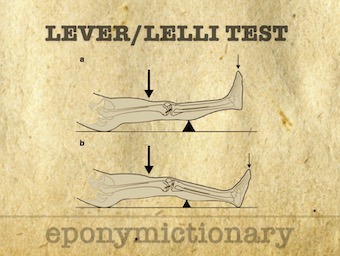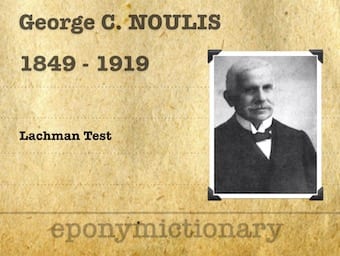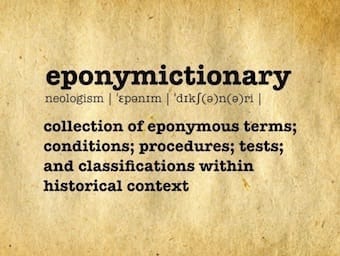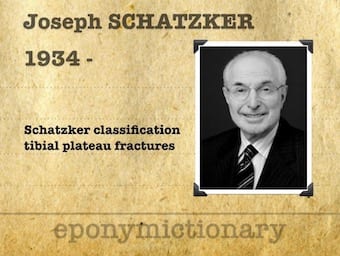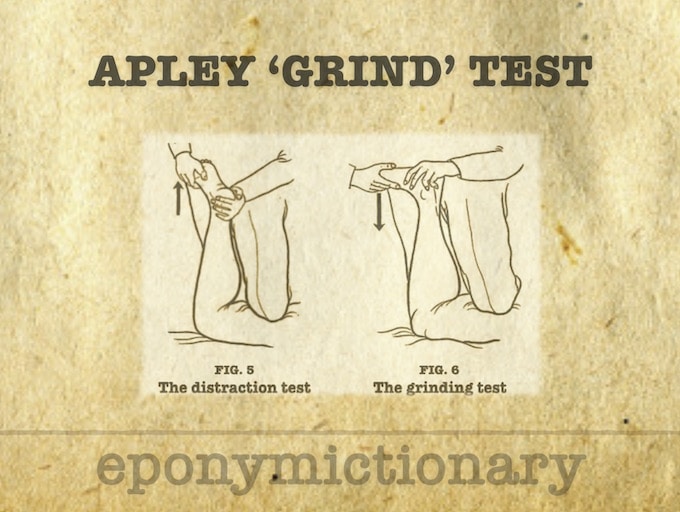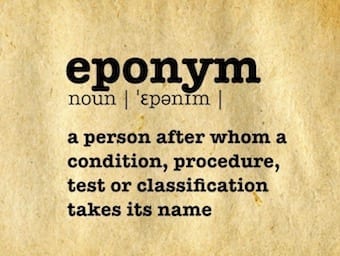
Albert Hoffa
Albert Hoffa (1859-1907) was a German orthopedic surgeon. eponymously affiliated with a distal femur fracture (1888); an operation for congenital hip dislocations (1890); the development of a system of massage therapy, the Hoffa system (1893); and the Hoffa fat pad


